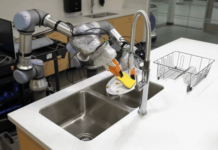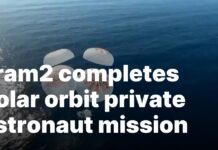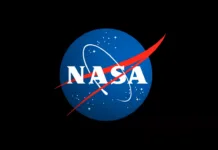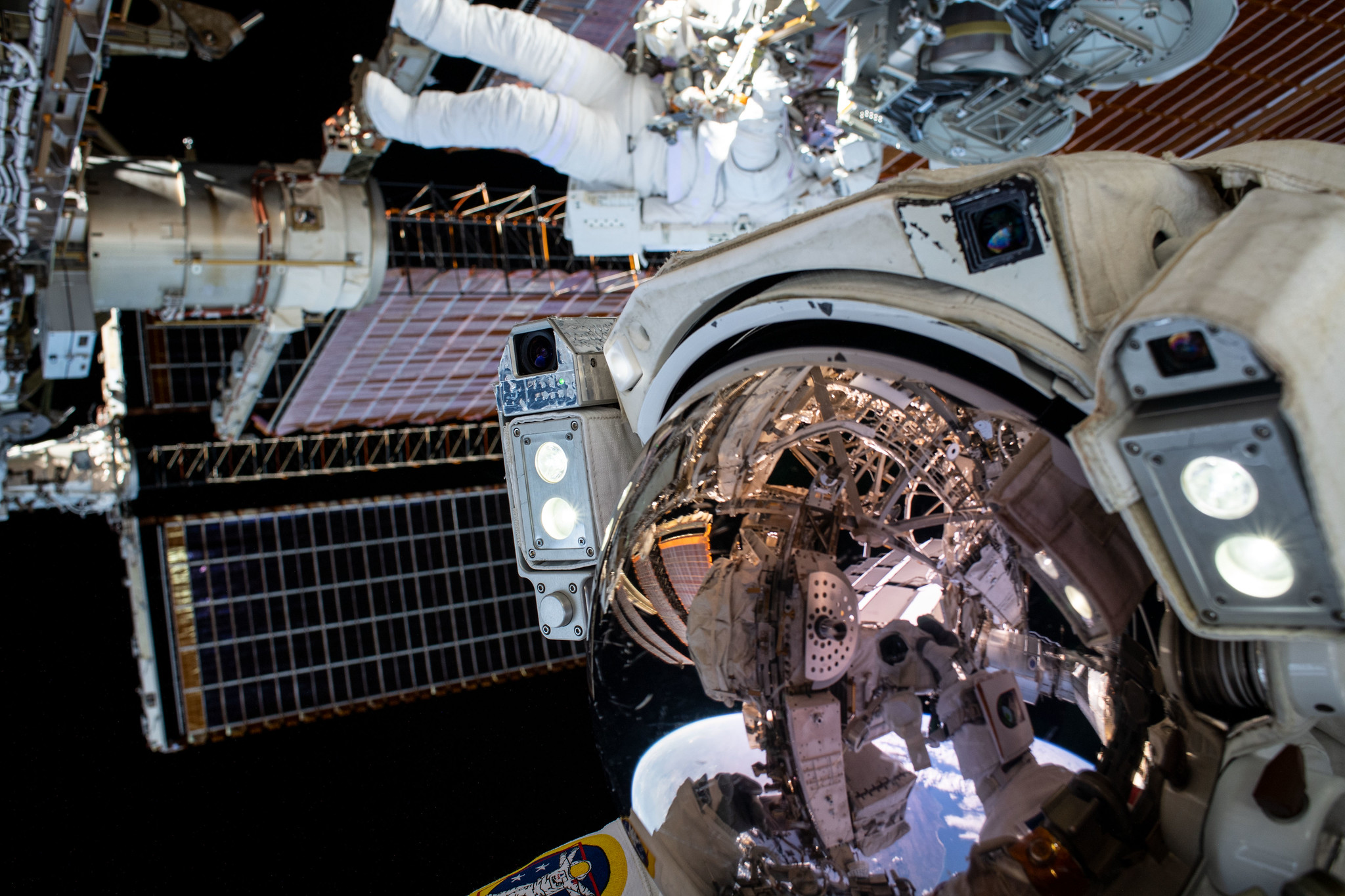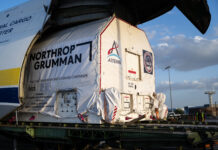NASA Schedules Two Spacewalks to Enhance International Space Station Operations
NASA is preparing for two significant spacewalks at the International Space Station (ISS) as part of ongoing efforts to maintain and upgrade this pivotal orbiting laboratory. These excursions, scheduled for January 16 and January 23, will mark the 91st and 92nd spacewalks conducted by U.S. astronauts for the station’s service, respectively. Here’s what you need to know about these upcoming missions and their critical objectives.
The upcoming spacewalks will be thoroughly discussed during a NASA-hosted news conference on January 10, at 2 p.m. EST. This briefing will be available on NASA+, a platform that offers a wide range of NASA content. Viewers can access this information through multiple channels, including NASA’s social media outlets. The conference will feature key participants from NASA’s Johnson Space Center in Houston, including Bill Spetch, who serves as the operations integration manager, and Nicole McElroy, the spacewalk flight director.
Those interested in covering the event in person or by phone must reach out to the NASA Johnson newsroom by January 8. Media personnel can also submit questions via social media using the hashtag #AskNASA, ensuring an interactive session during the news conference.
Details of the First Spacewalk
The first spacewalk is scheduled to commence at 7 a.m. on January 16 and is expected to last approximately six and a half hours. NASA will provide live coverage starting at 5:30 a.m. via their NASA+ platform. This mission will see astronauts Nick Hague and Suni Williams stepping outside the ISS to perform a series of crucial tasks.
Nick Hague and Suni Williams are tasked with a range of upgrades and maintenance activities. One of their primary objectives is to replace a rate gyro assembly, which is essential for the station’s orientation control. They will also be installing protective patches to cover damaged areas on the light filters of an X-ray telescope named NICER, short for Neutron star Interior Composition Explorer. This telescope plays a vital role in studying neutron stars, providing valuable data about these dense celestial objects.
In addition, the astronauts will replace a reflector device used for navigational data on one of the international docking adapters. These docking adapters are crucial for spacecraft visiting the ISS, enabling safe and efficient docking procedures. Another significant task for the astronauts will be to inspect access areas and connector tools that are planned for future maintenance work on the Alpha Magnetic Spectrometer, an instrument designed to detect cosmic rays and study the origins of the universe.
Nick Hague will be spacewalk crew member 1 and will be easily identifiable by the red stripes on his suit. Suni Williams, who will be spacewalk crew member 2, will wear an unmarked suit. This will be Hague’s fourth spacewalk, while Williams will be undertaking her eighth. The mission will be the 273rd spacewalk in support of the ISS’s assembly, maintenance, and upgrades, reflecting the station’s continuous evolution since its inception.
Objectives of the Second Spacewalk
The second spacewalk is slated to begin on January 23 at 7 a.m., with a similar duration of about six and a half hours. Live coverage will again be available starting at 5:30 a.m. on NASA+. While the specific astronauts for this mission have not yet been announced, the tasks they will tackle are equally significant.
During this spacewalk, astronauts will remove a radio frequency group antenna assembly from the station’s truss. This task is part of routine maintenance to ensure that the ISS’s communication systems remain in optimal condition. Additionally, the astronauts will collect samples of surface materials from the Destiny laboratory and the Quest airlock. This exercise aims to analyze whether microorganisms are present on the external surfaces of the ISS, which is crucial for understanding how such organisms might survive and affect space missions.
Another key task for the spacewalkers will involve preparing a spare elbow joint for the Canadarm2 robotic arm. Canadarm2 is an essential component of the ISS, used to capture and dock supply ships, relocate modules, and perform other intricate tasks. By preparing a spare joint, astronauts ensure that the arm can be quickly repaired or replaced if needed, thus maintaining its operational efficiency.
Once the first spacewalk is completed, NASA will announce the crew members participating in the second expedition. This will be the 274th spacewalk conducted for the ISS, underscoring the ongoing commitment to keep the station in top condition for its diverse range of scientific experiments and explorations.
The Importance of Spacewalks for the ISS
Spacewalks, also known as extravehicular activities (EVAs), are critical for the maintenance and enhancement of the ISS. These missions allow astronauts to perform tasks that can’t be done remotely or from inside the station. By carrying out repairs, upgrades, and scientific investigations directly on the station’s exterior, astronauts ensure the continued functionality and safety of the ISS.
Moreover, spacewalks provide invaluable experience for astronauts, preparing them for future missions that may involve deep space exploration. Such hands-on experience is crucial as NASA and other space agencies plan missions to the Moon, Mars, and beyond.
How to Stay Updated
For those interested in staying informed about the International Space Station’s operations and research, NASA offers a wealth of resources online. The agency’s official ISS webpage provides detailed information about ongoing experiments, future missions, and the scientific discoveries being made aboard this unique laboratory in space.
As NASA continues to push the boundaries of space exploration, these spacewalks represent a small but vital part of a much larger effort to understand our universe and develop the technologies needed for future space endeavors. By tuning into these missions, the public can witness firsthand the incredible work being done to maintain humanity’s presence in space and the exciting possibilities that lie ahead.
For comprehensive information about the International Space Station and its operations, visit NASA’s ISS webpage.
By understanding the intricacies of these spacewalks and the broader context of space station operations, readers can gain a deeper appreciation for the complexities and achievements of modern space exploration. These missions not only ensure the ISS remains a hub for scientific discovery but also pave the way for future explorations that will take humanity deeper into the cosmos.
For more Information, Refer to this article.


















